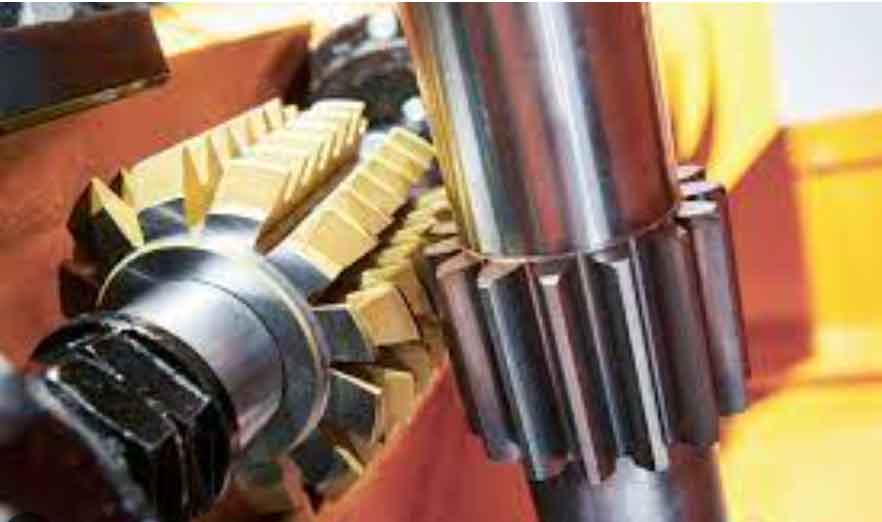
The future of gear hobbing is likely to be shaped by automation and the integration of Industry 4.0 technologies. These advancements will further enhance the efficiency, productivity, and flexibility of gear hobbing processes, meeting the evolving demands of modern manufacturing. Here are some key trends and developments expected in the future of gear hobbing:
1. Automation and Robotics:
Gear hobbing machines will incorporate advanced automation and robotics to optimize the loading and unloading of workpieces, tool changes, and other auxiliary tasks. Automated systems will reduce manual intervention, increase machine uptime, and enable continuous production.
2. Smart Manufacturing and Data Analytics:
Industry 4.0 concepts will be integrated into gear hobbing processes, allowing for smart manufacturing and data-driven decision-making. Sensors and IoT devices on gear hobbing machines will collect real-time data, enabling predictive maintenance, process optimization, and quality control.
3. Digital Twin Technology:
Gear hobbing machines may utilize digital twin technology, creating virtual replicas of the machines and their processes. Digital twins will enable simulation, modeling, and optimization of gear hobbing operations, helping to identify potential issues before they occur.
4. Machine Learning and Artificial Intelligence:
Machine learning algorithms and artificial intelligence will be applied to gear hobbing data to gain insights, optimize cutting parameters, predict tool wear, and improve gear quality. AI-powered systems will continuously learn and adapt, leading to better efficiency and precision.
5. Virtual and Augmented Reality:
Virtual and augmented reality tools will be employed for operator training, virtual machine simulations, and real-time monitoring of gear hobbing processes. These technologies will enhance operator skills and support remote maintenance and troubleshooting.
6. Connectivity and Interoperability:
Gear hobbing machines will be connected to broader manufacturing networks, allowing seamless communication and integration with other machines and systems. This interconnectedness will facilitate smooth information flow and synchronized production across the manufacturing floor.
7. Additive Manufacturing (3D Printing):
Additive manufacturing techniques, such as 3D printing, may complement gear hobbing for producing complex gear prototypes, customized gears, or specialized tooling.
8. Green and Sustainable Solutions:
Gear hobbing machines may incorporate energy-efficient features, eco-friendly lubricants, and sustainable manufacturing practices to reduce environmental impact and comply with industry sustainability goals.
9. Remote Monitoring and Control:
Remote monitoring and control capabilities will enable manufacturers to oversee gear hobbing processes from anywhere, improving efficiency and providing real-time support to operators.
10. Multi-Tasking Machines:
Future gear hobbing machines may integrate multi-tasking capabilities, combining gear hobbing with other machining processes, such as milling, turning, and grinding. This integration will streamline production and reduce cycle times.
The convergence of automation, data analytics, AI, and other Industry 4.0 technologies will transform gear hobbing into a highly efficient, flexible, and interconnected process. Manufacturers adopting these advancements will gain a competitive edge in producing precision gears for various industries, meeting the demands of faster production cycles, customization, and quality assurance.
